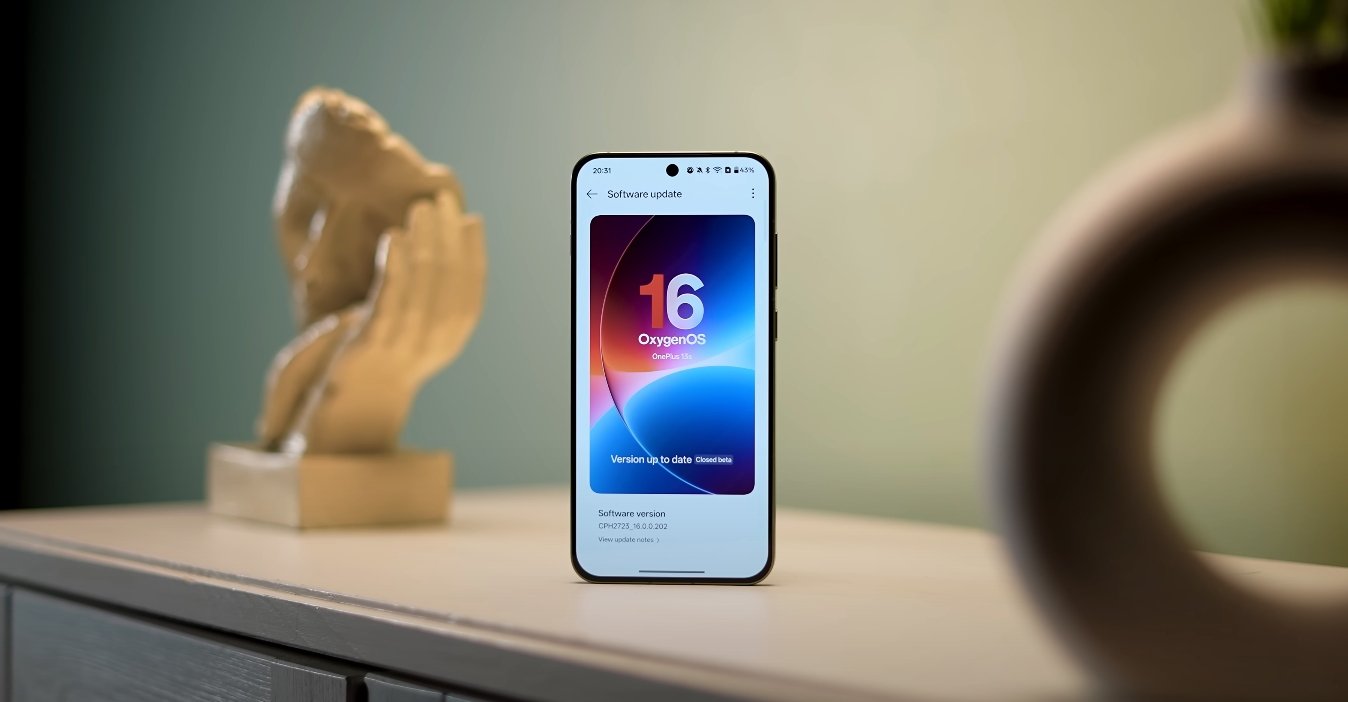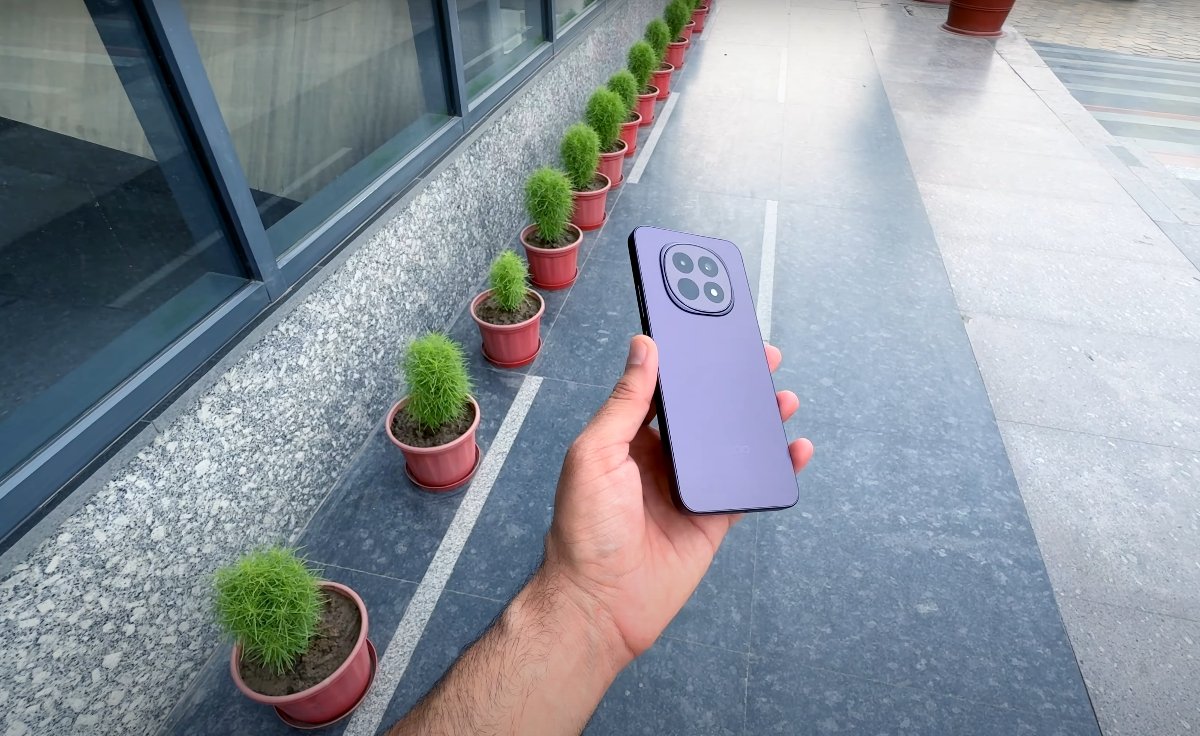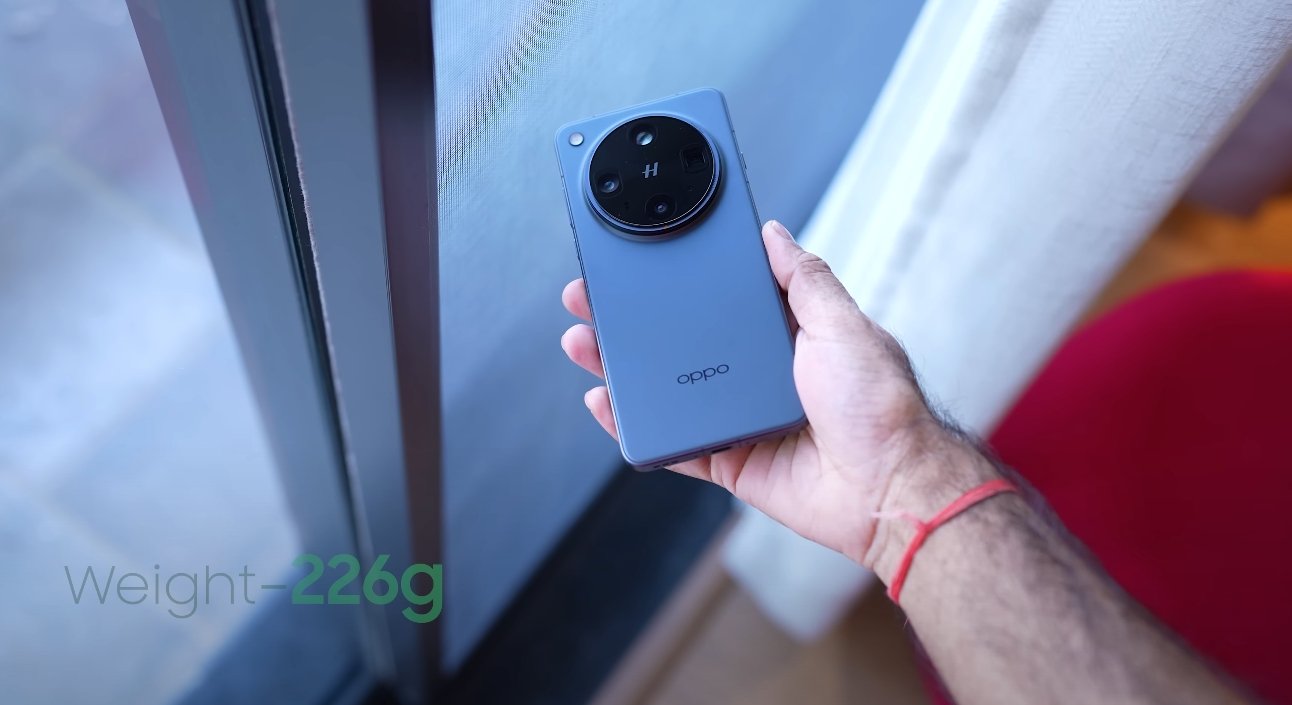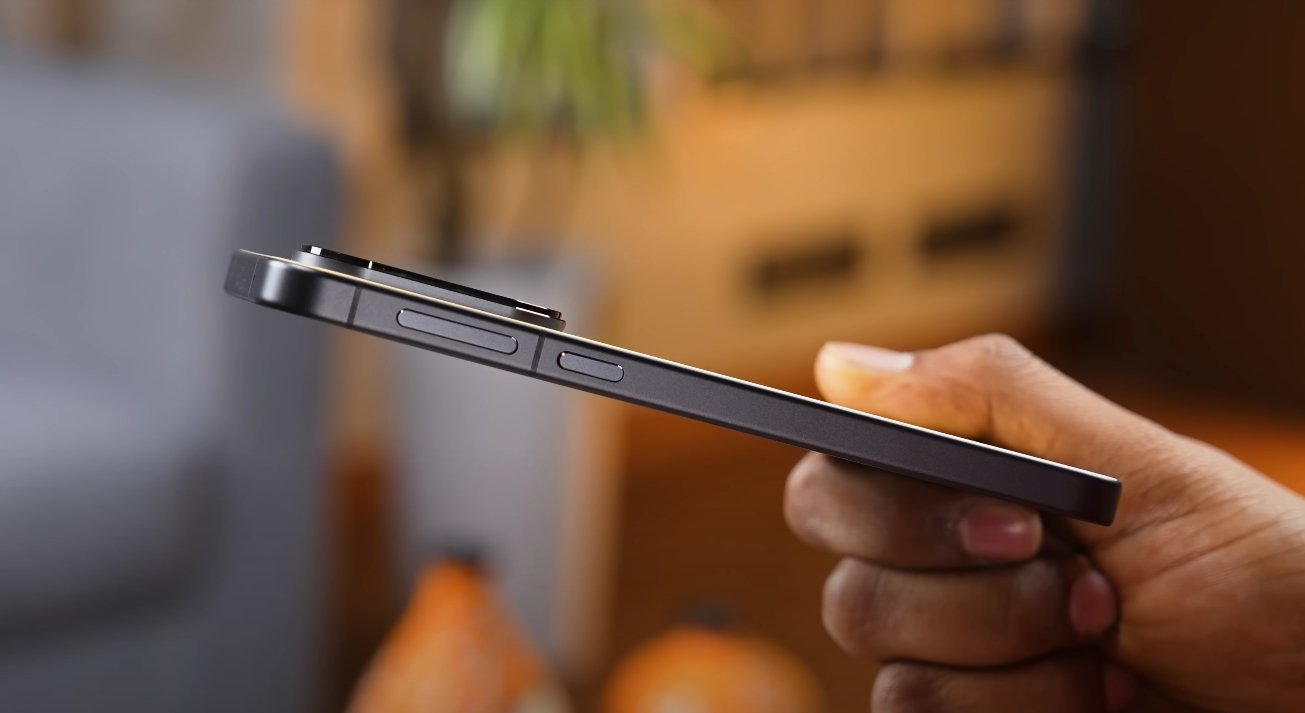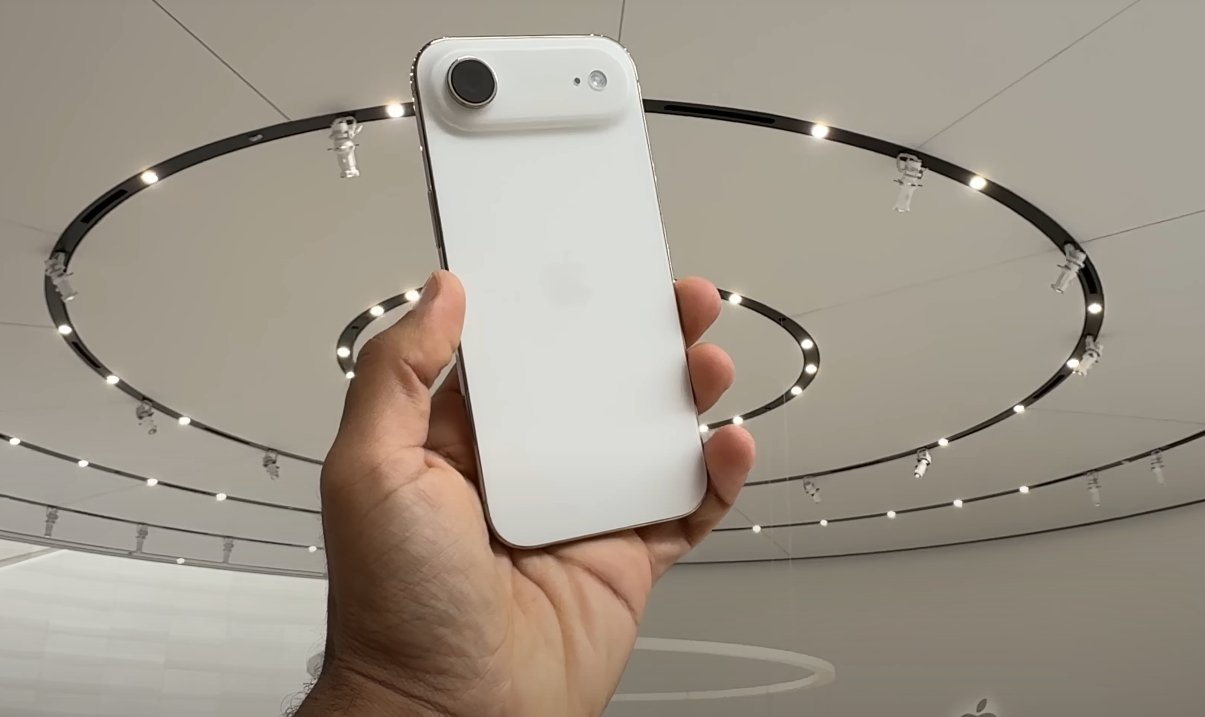First impressions from U.S. OnePlus users on the new update
Early feedback from U.S. users who have started testing OxygenOS 16 suggests a largely positive reception focused on smoother performance, a cleaner design, and improved stability. Many testers have shared their initial experiences after installing the early builds, highlighting both impressive upgrades and a few early-stage issues. OnePlus has positioned this release as a major step forward in fluidity and design, and first impressions reflect that intent.
The most common praise centers around system animations and transitions. Users report that navigating between apps, opening menus, and scrolling through settings feels noticeably faster and more polished than before. The new motion engine introduced with OxygenOS 16 provides a sense of fluid movement, making the interface feel more responsive and cohesive. High refresh-rate displays on flagship models amplify this effect, giving a more premium feel to everyday interactions.
The redesigned interface has also received positive comments. Testers describe the new UI as “cleaner,” “lighter,” and “more modern.” Updated icons, subtle color gradients, and a better-organized notification shade contribute to an uncluttered experience. Home screen customization has improved with enhanced widgets, layout flexibility, and smoother transitions. Many U.S. users appreciate how these visual updates make their devices look refreshed without feeling drastically different from previous versions.

Battery performance feedback, however, has been more mixed. Several users noticed that their devices run more efficiently after a few days of use, suggesting improved background app management. Others experienced faster battery drain immediately after installation, which is common during early optimization. OnePlus has stated that the system requires a short period to stabilize after major updates, which may explain these variations in battery behavior.
Some testers have also shared observations about new features like Mind Space, which uses on-device AI to help manage screen time and notifications. Many consider it a thoughtful addition, particularly for those aiming to balance productivity and personal time. The privacy enhancements introduced in this version, including clearer permission controls, have also been well received by early adopters in the U.S.
Not all feedback has been positive. A few users have experienced minor glitches such as occasional animation stutters, layout issues with widgets, or missing features that are expected to arrive in later updates. Carrier-locked devices have been more prone to delays and inconsistencies, which is a familiar challenge for U.S. users during early rollouts. OnePlus has acknowledged that early builds may lack final optimizations and feature parity with global releases.
Overall, early U.S. user experience with OxygenOS 16 paints a promising picture of what the full rollout could bring. The update is being praised for its smooth animations, modern design, and smarter system tools. While there are still some minor bugs and performance inconsistencies, the general sentiment is optimistic. As OnePlus continues to refine the software and expand its rollout across more models, U.S. users can expect a more polished and stable experience in the coming months.
